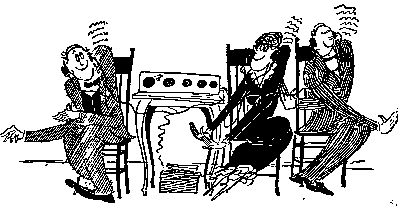
Curiously enough, our predominant representational system in a given context often shows up in our language, for example: Responding to the statement:

Curiously enough, our predominant representational system in a given context often shows up in our language, for example: Responding to the statement:
It's no wonder smells and tastes are less commonly used considering how hard they are to work into conversation.
The qualities or attributes of the representations you make using your five senses are
submodalities.For example,